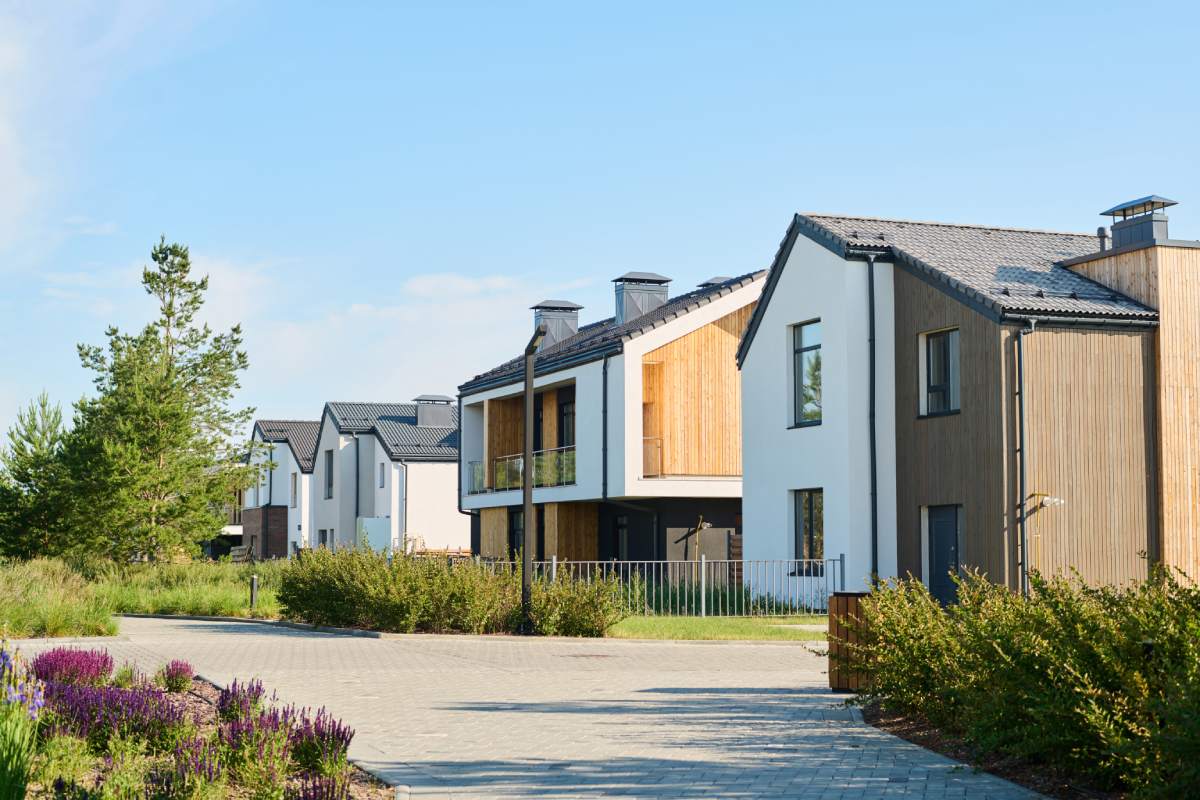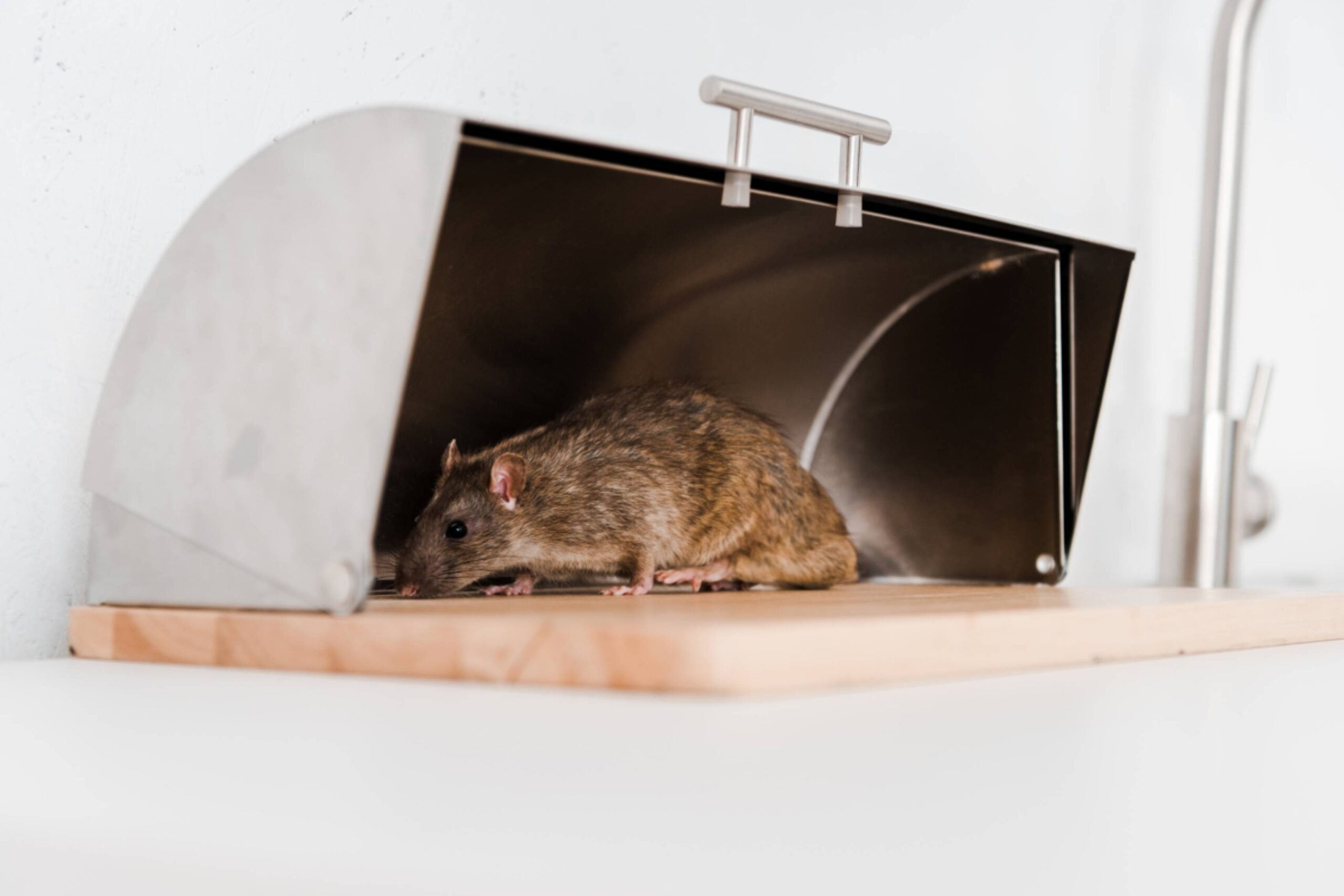Creating the illusion of a larger space is all about smart design choices. Whether you’re working with a compact apartment, a small bedroom, or a narrow living area, the right strategies can make a significant difference.
From multi-functional furniture to strategic color choices, simple adjustments can enhance openness and functionality.
This guide explores practical and effective ways to maximize space, including furniture selection, paint techniques, and lighting tips. With these expert insights, you can transform any small room into a bright, airy, and inviting space.
1. Maximizing Space with Smart Design Choices
Use Multi-Functional Furniture
One of the easiest ways to make a small room look bigger is to minimize clutter. Multi-functional furniture, such as beds with storage drawers, extendable dining tables, and ottomans that double as storage units, can help maximize space while reducing unnecessary items.
Keep Furniture to Scale
Large furniture can overwhelm a small room, making it feel even more cramped. Opt for pieces that fit the scale of the room. Consider sleek, modern furniture with exposed legs, as they create a sense of openness by allowing light to pass underneath.
Declutter and Organize
A clutter-free space always feels larger. Use smart storage solutions such as wall-mounted shelves, under-bed storage, and built-in cabinets to keep your belongings organized and out of sight. Keep decorative items to a minimum to maintain a clean, spacious look.
Utilize Mirrors
Mirrors are one of the best ways to create an illusion of space. A large mirror can reflect light and scenery, making a room appear larger. Placing a mirror opposite a window can amplify natural light, making the space feel airy and bright.
2. How to Paint a Small Room to Make It Look Bigger
Choose Light and Neutral Colors
Light colors are known to make spaces feel larger and more open. Shades such as white, cream, beige, and pastels reflect more light than dark colors, creating an airy feel. Soft, neutral colors provide a seamless transition between walls and ceilings, giving the illusion of height and width.
Opt for a Monochromatic Color Scheme
Using a monochromatic palette different shades of the same color can help a room feel more cohesive and spacious. Avoid stark contrasts, as they can create visual barriers that make a room seem smaller.
Paint Walls and Ceilings the Same Color
A room will appear taller if the walls and ceiling are painted the same color. This technique removes visual breaks and makes the ceiling appear higher than it actually is. For added effect, choose a soft, light color to reflect more light, amplifying the sense of height and openness.
Use Stripes and Patterns Wisely
Vertical stripes on walls can make a room appear taller, while horizontal stripes can make it seem wider. If using patterns, keep them subtle to avoid overwhelming the space. A delicate pinstripe or ombre effect can create the illusion of depth without being too bold.
Paint Trim and Doors in a Lighter Shade
Painting the trim and doors a slightly lighter shade than the walls can create depth, making the walls appear farther apart. This trick works especially well in compact rooms where every visual effect counts.
3. What is the Best Paint Color for Small Spaces?
Classic White
White is a timeless choice for small spaces. It reflects the most light, making a room feel open and airy. Shades such as off-white, ivory, and soft white can add warmth without feeling stark.
Soft Neutrals
Neutral tones like beige, taupe, and light gray create a sophisticated yet spacious atmosphere. These colors work well with various decor styles, providing a fresh and modern look.
Light Pastels
Soft pastel shades such as pale blue, mint green, and blush pink can add a touch of color while maintaining the illusion of space. These hues give a room a gentle and inviting ambiance.
Cool-Toned Colors
Cool shades such as light blues, greens, and grays can visually expand a space by pushing walls outward. Soft blue, in particular, mimics the sky, giving the impression of openness. Pairing these colors with white or neutral accents can further enhance the airy and refreshing atmosphere.
Reflective Paint Finishes
Choosing the right finish is just as important as the color itself. Satin or semi-gloss finishes reflect light better than matte finishes, enhancing the feeling of brightness and space. However, avoid high-gloss finishes on large walls, as they can be too reflective and overpowering.
4. Additional Tips for Enhancing a Small Space
Maximize Natural Light
Keeping window treatments minimal allows natural light to flood into a small room. Sheer curtains or light-colored blinds are excellent choices. If privacy is a concern, opt for translucent window films that allow light in while obscuring the view from outside.
This not only helps to brighten the room but also creates an open, airy atmosphere, making the space feel more expansive. Additionally, choosing window treatments that complement the room’s color scheme enhances the overall aesthetic without adding visual clutter.
Use Vertical Space
When floor space is limited, utilizing vertical space can make a room feel taller. Tall bookshelves, wall-mounted cabinets, and high-hanging curtains can draw the eye upward enhancing the sense of height.
Installing floating shelves or vertical storage units can also help keep items organized without taking up valuable floor space. Additionally, using artwork or decorative elements that extend toward the ceiling can further emphasize verticality and create a more spacious feel.
Decorate Your Fireplace
If your room has a fireplace consider decorating it to enhance the space’s visual appeal. A sleek, minimal mantelpiece or a modern fireplace screen can add charm without overwhelming the space. Pairing it with light-colored or reflective elements can further help maintain an airy, open feel.

Choose Minimalist Decor
A clutter-free space naturally feels larger. Opt for minimalist decor, using just a few statement pieces rather than an overload of decorations. Floating shelves with a few carefully curated items can add personality without overwhelming the room.
By focusing on simple, functional items and limiting unnecessary decor, the space feels calm and organized, allowing the room’s design to shine without feeling overcrowded.
Incorporate Glass and Lucite Furniture
Transparent furniture, such as glass tables and acrylic chairs, creates the illusion of openness. Since these pieces do not obstruct the view, they help maintain an airy feel in small rooms. Pairing them with light-colored rugs or reflective surfaces can further enhance the sense of space and brightness.
Keep Flooring Consistent
Using the same flooring throughout a small space eliminates visual barriers, making the room feel larger. Light-colored flooring, whether wood, tile, or carpet, can further enhance the sense of openness.
This seamless flow of flooring creates a cohesive look and avoids the segmented feel that different materials can introduce, helping the space feel more expansive and uninterrupted.
Conclusion
Transforming a small room into a spacious-feeling area is all about strategic design choices. Using the right paint colors, maximizing natural light incorporating mirrors and selecting appropriately scaled furniture can make a significant difference.
Light colors such as white, soft neutrals, and cool pastels work best to enhance a room’s spaciousness. Thoughtfully arranged decor, multi-functional furniture, and an organized layout can further optimize the space. By implementing these techniques, any small space can be made to feel bright, airy, and inviting.




